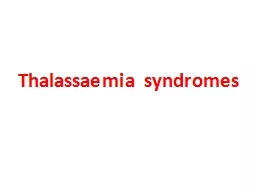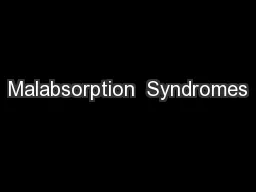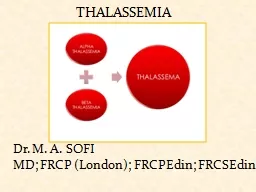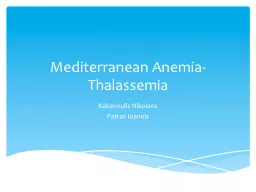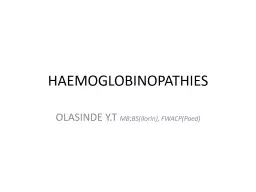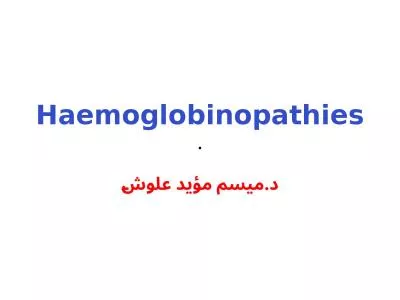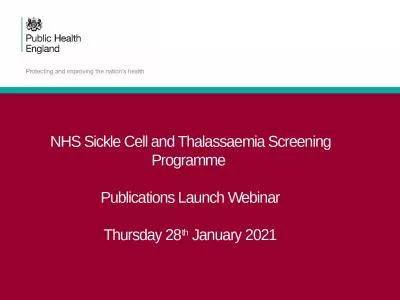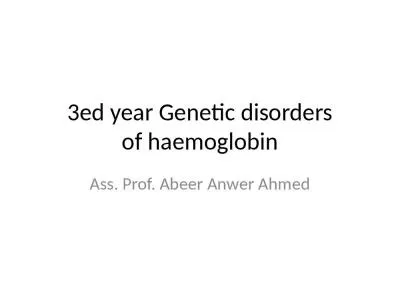PPT-Thalassaemia syndromes Treatment
Author : shoffer | Published Date : 2020-06-16
1 Regular blood transfusions are needed to maintainthe haemoglobin over 10 g dL at all times This usually requires 23 units every 46 weeks Fresh blood filtered
Presentation Embed Code
Download Presentation
Download Presentation The PPT/PDF document "Thalassaemia syndromes Treatment" is the property of its rightful owner. Permission is granted to download and print the materials on this website for personal, non-commercial use only, and to display it on your personal computer provided you do not modify the materials and that you retain all copyright notices contained in the materials. By downloading content from our website, you accept the terms of this agreement.
Thalassaemia syndromes Treatment: Transcript
Download Rules Of Document
"Thalassaemia syndromes Treatment"The content belongs to its owner. You may download and print it for personal use, without modification, and keep all copyright notices. By downloading, you agree to these terms.
Related Documents

